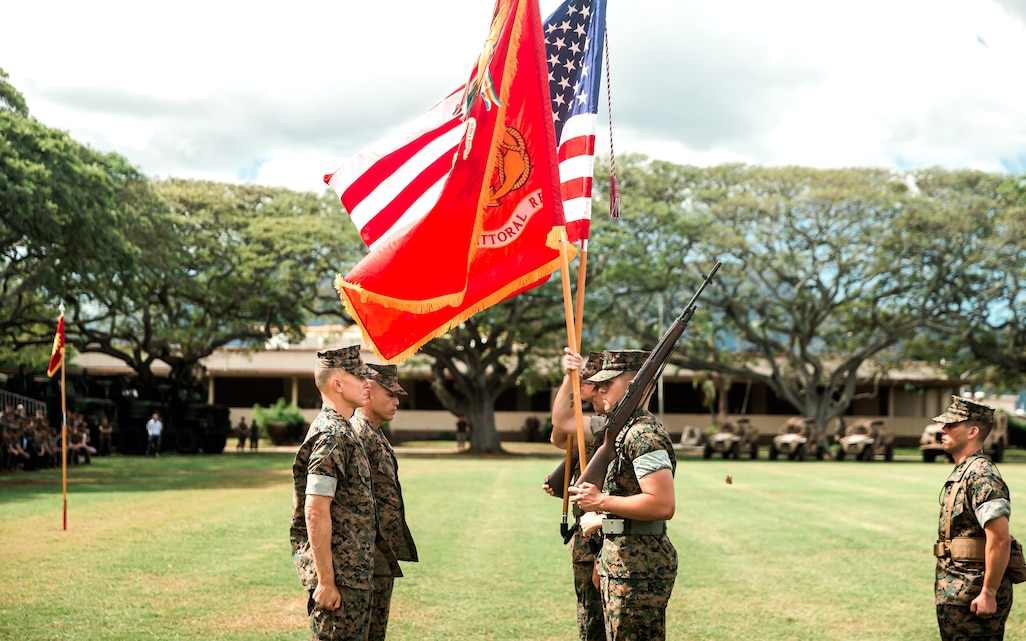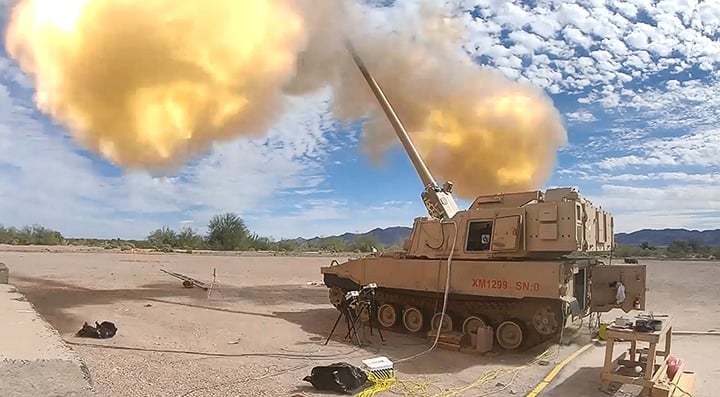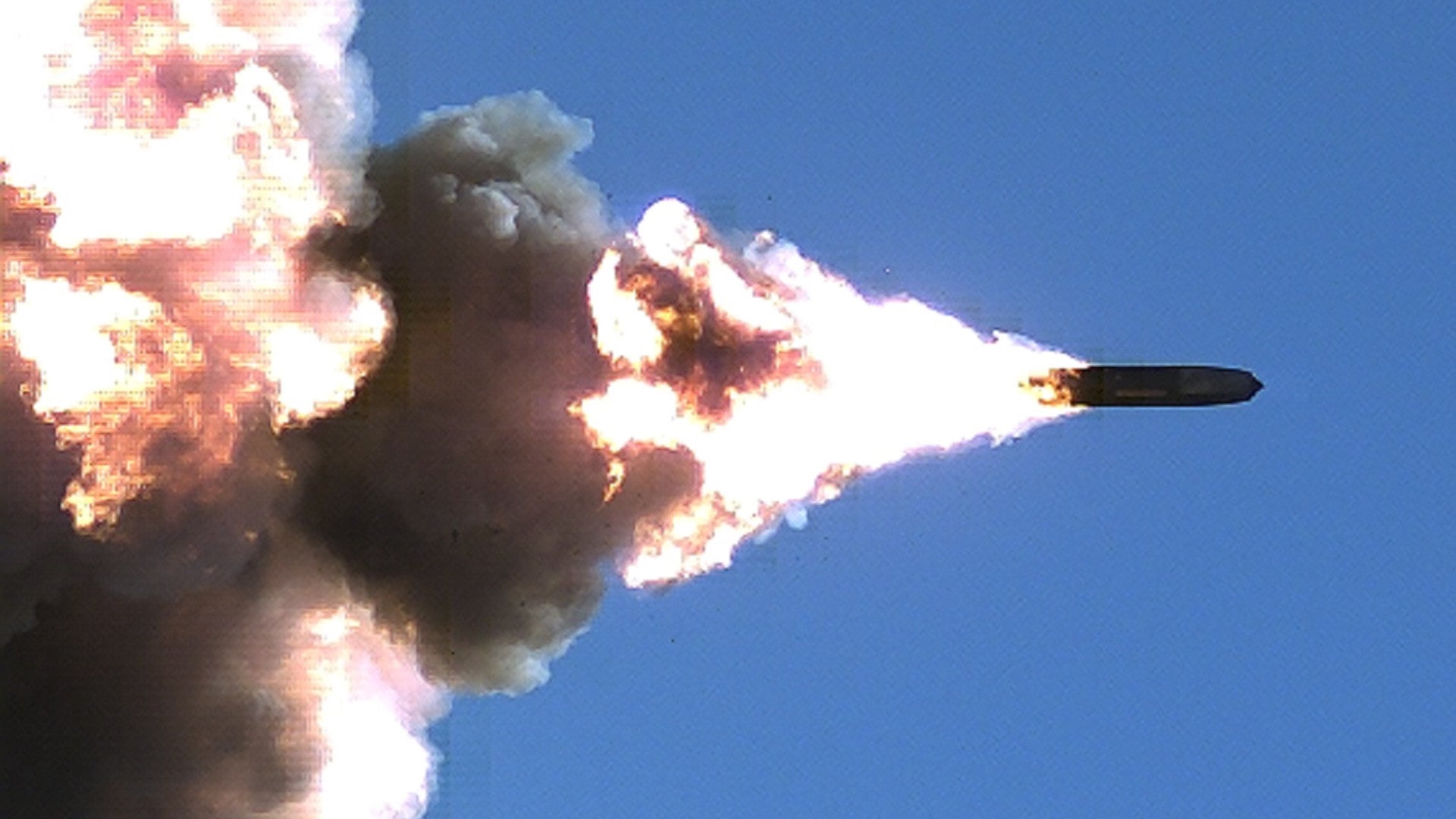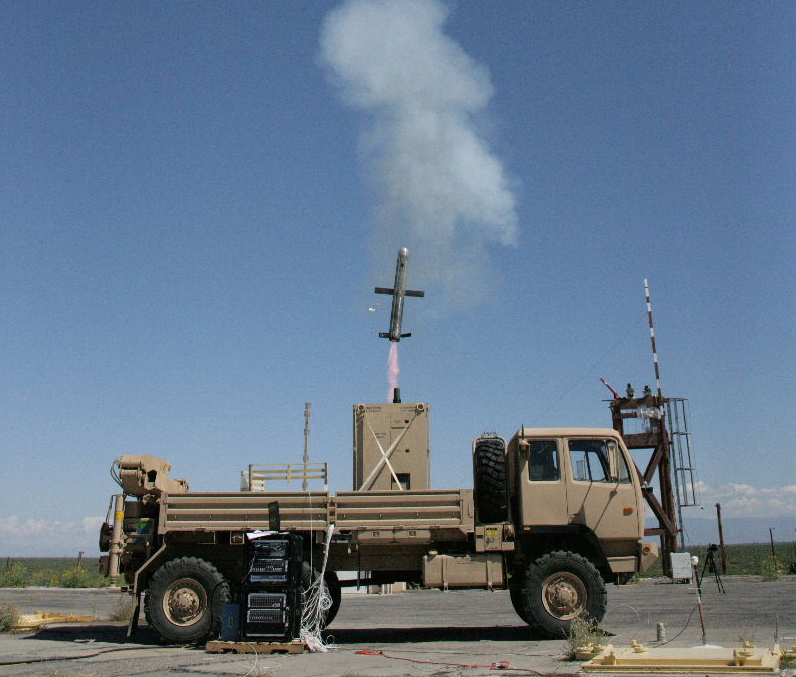KevinB
Army.ca Relic
- Reaction score
- 29,319
- Points
- 1,260
So, where does that leave the CA?
Well it doesn't look like there is going to be a relook at CCA(V) anytime soon -- so the LAV 6.0 is the only option for now.
There are a lot of LAV 6.0 (Stryker DHVA1) based systems for things Canada currently is missing in the inventory.
1) M-SHORAD, with the 30mm Cannon, and 2 missile options / turret side (4 Stinger or 2 Hellfire) it can fall into one of those ugly MMEV situations - but...
2) ATGM (admittedly the M1134 ATGM Carrier isn't really a modern system as it's just a TUA turret setup - the M-SHORAD variant has the LB Hellfire pod options - and much better suited due to Fire and Forget as well a NLOS launch capability.
3) M1129 120mm Mortar Carrier
4) DE-CUAS (okay only 2 Platoons are fielded so far - and it's not schedule to become a Program of Record until FY25. It does offer the potential for a non kinetic option to combat UAS.
-----------------------------------------
So using a 2 LAV Bn + 2 Tank Squadron Bde what can one do.
Cbt Spt Coy
Armor Defense Platoon 8x M-SHORAD LAV - Hellfire
Mortar Platoon 8x M1129 120mm Mortar LAV
CUAS Platoon 8x M-SHORAD LAV - Stinger
*Any idiot can use a Stinger, it really needs to be viewed as an All Arms VSHORAD system, and more dedicate Ad systems left to the Bird Gunners.
** I think the CUAS Platoons would need to be deployed at the Coy level in 2packs, but linked to the Bn AD cell (I'd put a Bird Gunner cell into the Bn HQ) but the actual troops manning it would be Infantry with a CUAS/AD training package.
It doesn't really help the heavy metal aspect - but it provides the Bn and Bde with integral firepower to support their battle space -- I think that without heavier IFV's a larger focus will need to be on Fires - meaning support from Rocket and Missile forces at lower levels.
MTF
Well it doesn't look like there is going to be a relook at CCA(V) anytime soon -- so the LAV 6.0 is the only option for now.
There are a lot of LAV 6.0 (Stryker DHVA1) based systems for things Canada currently is missing in the inventory.
1) M-SHORAD, with the 30mm Cannon, and 2 missile options / turret side (4 Stinger or 2 Hellfire) it can fall into one of those ugly MMEV situations - but...
2) ATGM (admittedly the M1134 ATGM Carrier isn't really a modern system as it's just a TUA turret setup - the M-SHORAD variant has the LB Hellfire pod options - and much better suited due to Fire and Forget as well a NLOS launch capability.
3) M1129 120mm Mortar Carrier
4) DE-CUAS (okay only 2 Platoons are fielded so far - and it's not schedule to become a Program of Record until FY25. It does offer the potential for a non kinetic option to combat UAS.
-----------------------------------------
So using a 2 LAV Bn + 2 Tank Squadron Bde what can one do.
Cbt Spt Coy
Armor Defense Platoon 8x M-SHORAD LAV - Hellfire
Mortar Platoon 8x M1129 120mm Mortar LAV
CUAS Platoon 8x M-SHORAD LAV - Stinger
*Any idiot can use a Stinger, it really needs to be viewed as an All Arms VSHORAD system, and more dedicate Ad systems left to the Bird Gunners.
** I think the CUAS Platoons would need to be deployed at the Coy level in 2packs, but linked to the Bn AD cell (I'd put a Bird Gunner cell into the Bn HQ) but the actual troops manning it would be Infantry with a CUAS/AD training package.
It doesn't really help the heavy metal aspect - but it provides the Bn and Bde with integral firepower to support their battle space -- I think that without heavier IFV's a larger focus will need to be on Fires - meaning support from Rocket and Missile forces at lower levels.
MTF












:quality(70)/cloudfront-us-east-1.images.arcpublishing.com/archetype/DTTZ4INURZHALLPH3ZC4DZGA6E.jpg)


